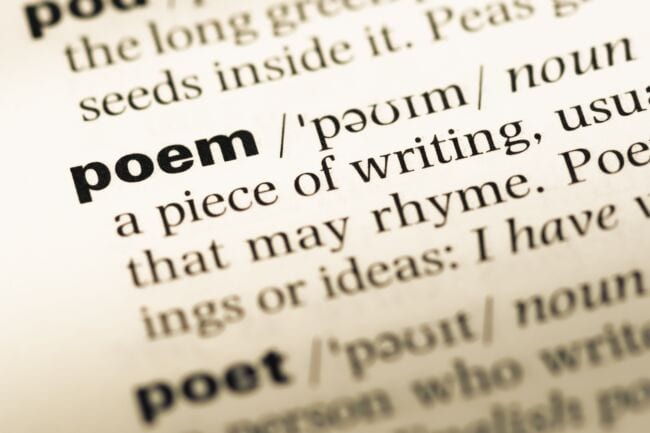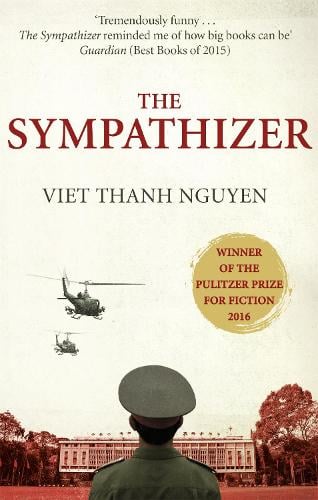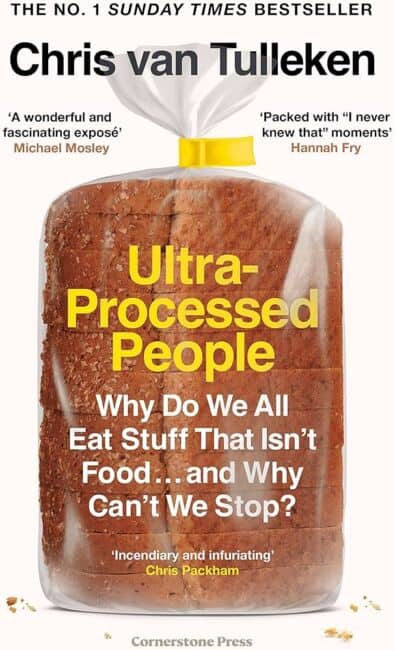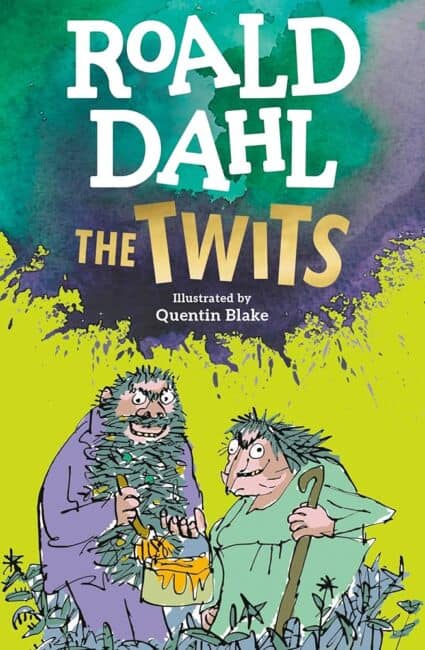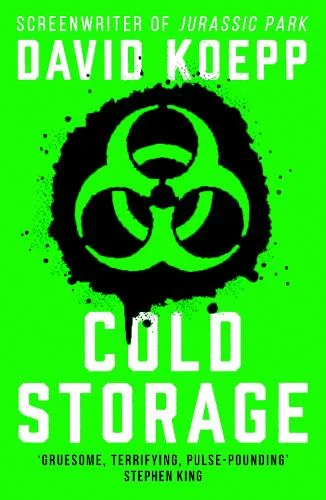How to Read Poetry: A Victoria Freudenheim Guide
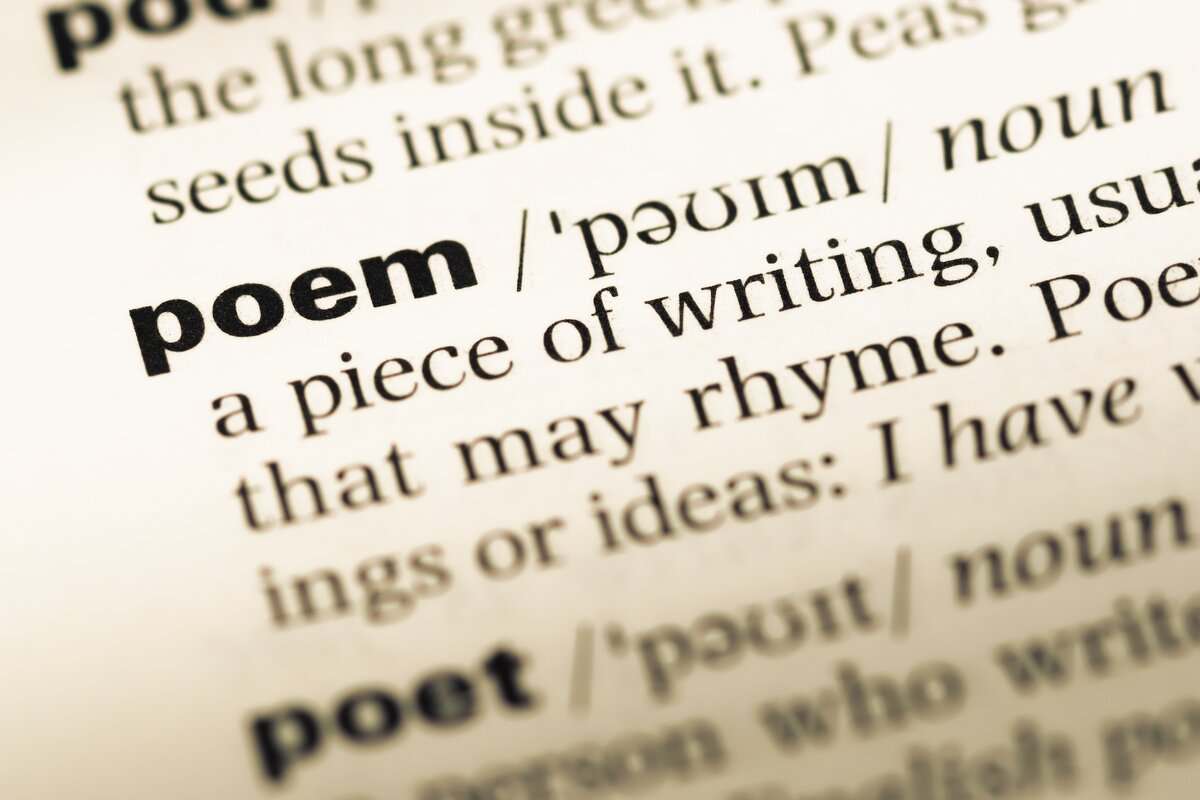
If you’re looking to make the leap from prose into poetry, you’ve come to the right place. That is, if you’ve read enough novels and fiction to last a lifetime and you’re ready to start venturing out into more unchartered, lyrical territory, we’re here to be your guide.
Reading a poem can feel, for some, like trying to ride a bike; you know you’re going to enjoy it once you master it, but the journey can feel wobbly and confusing in the meantime.
From understanding stanzas to comprehending poetic form and rhyme schemes, read on for a simple guide on how to read poetry.
What are the different types of poetry?
Jumping right in with another metaphor — think of poems like mushrooms. If you’re foraging for mushrooms, you need to know which ones are pretty to look at but deadly to eat (and vice versa) before you start on dinner.
Similarly, before you read a poem, it’s super helpful to know what it is you’re reading and how it usually functions; that way, you’ll know if and when the poet is doing something interesting, like deviating from traditional form or genre-based expectations.
While there are thousands of different poem types, broadly speaking, there are nine main distinct poem forms which we’ll cover below.
-
-
- Haiku – An ancient Japanese poem type. Haikus have just three lines, with five syllables in the first and third line and seven syllables in the second.
- Haiku – An ancient Japanese poem type. Haikus have just three lines, with five syllables in the first and third line and seven syllables in the second.
-
- Sonnet – A traditional form of lyrical poetry popularised by Petrarch and then Shakespeare, sonnets are intricately formed around complex, repetitive rhyme schemes and always have 14 lines (EG: ABBA ABBA CDECDE). Within the sonnet form, there are multiple different types such as Petrarchan, Shakespearean, and Spenserian.
- Sonnet – A traditional form of lyrical poetry popularised by Petrarch and then Shakespeare, sonnets are intricately formed around complex, repetitive rhyme schemes and always have 14 lines (EG: ABBA ABBA CDECDE). Within the sonnet form, there are multiple different types such as Petrarchan, Shakespearean, and Spenserian.
-
- Limerick – A short, funny, and often crude poem type with an AABBA rhyme scheme that sounds like a fast-paced song or riddle. Think “There was an old lady from …”.
- Limerick – A short, funny, and often crude poem type with an AABBA rhyme scheme that sounds like a fast-paced song or riddle. Think “There was an old lady from …”.
-
- Villanelle – A complex, traditional French poem with strict rules and a tricky form to master, the villanelle has 19 lines and a rhyme scheme with only two sounds.
- Villanelle – A complex, traditional French poem with strict rules and a tricky form to master, the villanelle has 19 lines and a rhyme scheme with only two sounds.
-
- Free verse – Free verse does as it says on the tin and is “free” from rules. This is one of the most common modern poetry types and allows poets great flexibility when composing.
- Free verse – Free verse does as it says on the tin and is “free” from rules. This is one of the most common modern poetry types and allows poets great flexibility when composing.
-
- Acrostic – One of the easiest types to remember, and the first poem type we learn as children, acrostic poems spell out a word with the first letter of every line.
- Acrostic – One of the easiest types to remember, and the first poem type we learn as children, acrostic poems spell out a word with the first letter of every line.
-
- Ode – One of the oldest poetry types, an Ode comes from ancient Greek song poetry, where people or things were praised with an ode sung to a musical accompaniment.
-
- Elegy – A poem without formal rules but a central theme of grief, mourning, or death, elegies are often written about a person who has passed away as a means of honouring and commemorating them.
- Elegy – A poem without formal rules but a central theme of grief, mourning, or death, elegies are often written about a person who has passed away as a means of honouring and commemorating them.
- Ballad – An old poem type that typically recounts a dramatic, romantic, or deeply emotional topic, ballads formed the basis of the modern pop song!
-
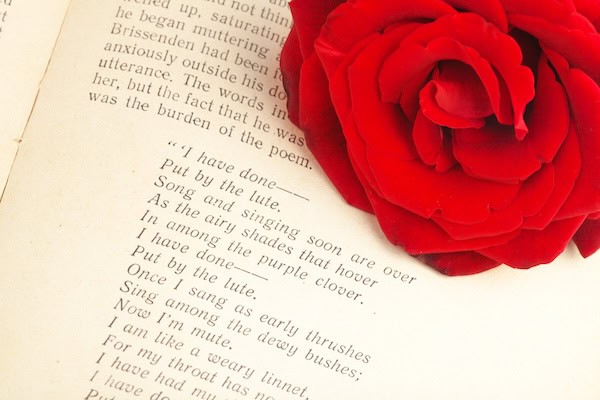
Understanding the parts of a poem
The next thing to master are the different parts of a poem. Once you know what components you’re looking at, reading and talking about poetry will feel like a breeze. Here’s a quick rundown.
- Stanzas – are groupings of lines and work like the equivalent of “verses” in songs.
- A “couplet” is a two-line stanza.
- A “tercet” is a three-line stanza.
- And so on.
- Rhyme scheme – is the rhyming sounds determined by the words at the end of every line (Often written in letters EG: ABBA).
- Meter – is the pace of a poem, determined by the beat that the syllables make when you read them out loud.
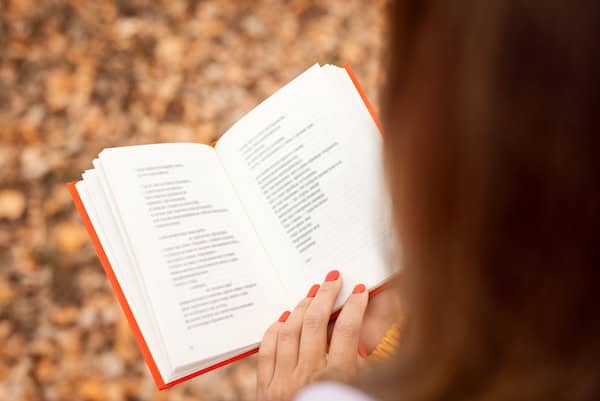
Common tropes and techniques in poetry
Poetry is a deeply traditional art form with examples and forms dating back thousands of years. Because of this, there are a number of “hallmarks” of the poetic form — things that you see again and again. Knowing when these are being used by a poet (or deliberately avoided) can make it much more enjoyable to read a poem.
- Enjambment – When words ‘run over’ the end of a line / when a sentence doesn’t end when a line does.
- Alliteration – When words that begin with the same letter are used in close succession to one another for sonic effect (a certain sound is produced like “sss”).
- Caesura – A sudden severance in a line or an abrupt ending without a full stop like thi—
- Epigraph. A dedicatory opening to a poem.
How to read a poem in steps
Now it’s time to put all you’ve learnt about the basics of poetry into a dry run. Pick your favourite poem (of medium length, we’re not talking Wordsworth’s The Prelude, here), grab a pencil and a cup of tea and follow the steps below.
- Read for “feel”. Simply read the poem once over from end to end, without stopping to think or pausing for annotation.
- Read for “understanding”. Now read the poem slower from end to end, pausing on any parts you don’t understand. At this point, all you need to do is consider the words on the page, not their layout or any visual elements.
- Read for “style”. On your third reading, scan the poem more lightly and zoom out to consider the following elements:
- Blank space
- Stanza length
- Line length
- Rhyme scheme
- Minor stylistic elements, such as capitalisation, italics, and punctuation choices.
- Then — and only then— can you pick up your pencil and annotate the poem. If you’re reading a poem for a reading group or an assignment, this step is super helpful. Highlight anything interesting you notice and jot down some notes.
- Final reading (out loud). Unless you’re in a library or a public space, give yourself the pleasure of finally reading the poem out loud. By this point, you should understand what it’s trying to do and how the poet intended it to be received.
Explore literature with Victoria Freudenheim
Whether you’ve been confidently reading poetry for years or you’re new to the world of sonnets and limericks, there’s something for everyone on our shelves. From prose to drama, explore our latest reviewed books and discover which titles might be your next five-star read.
After more guidance on all things literary? Be sure to keep up with the Victoria Freudenheim blog.
